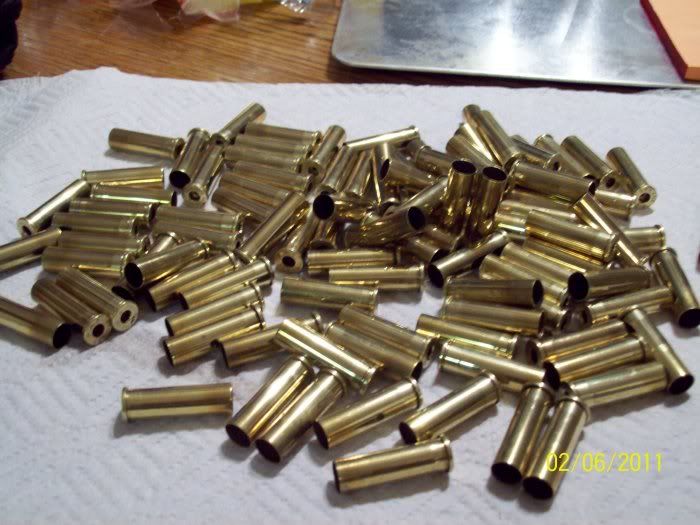I've never been a fanatic about case annealing, but am thinking maybe I should be.
My technique is pretty simple—I rotate the case with my fingers, holding the neck of the case in the flame, then drop the case into a bucket of water. It's really no different than flame polishing the end of glass tubing, a skill I had to learn when I was a glassblower. I've never had a problem keeping the case neck centered in the flame until it shows color, and it seems more uniform than trying to tip the case over into a tray of water. Trying to dip case mouths into molten lead seems silly…and definitely warm.
Before anyone gets excited about overheating the base, I've never had the base get too hot to hold, or even warm.
As an extreme example, I was given over 500 .38 Special REM-UMC cases that had been loaded multiple times. The first time I loaded some I had some mouth splits on firing. I annealed the balance and haven't had any problems since. Even those short cases didn't get too warm to hold.
I use the same technique for annealing cases for my .25/222 Copperhead when forming from .223 military, and obviously there's no problem with the larger cases.
Do I really need to build/buy a mechanized annealing machine? My technique has worked for over 35 years. Is it broke and I don't know it?
Thanks,
Richard

|
   
   
|


|




 Reply With Quote
Reply With Quote



 GP100man
GP100man 














